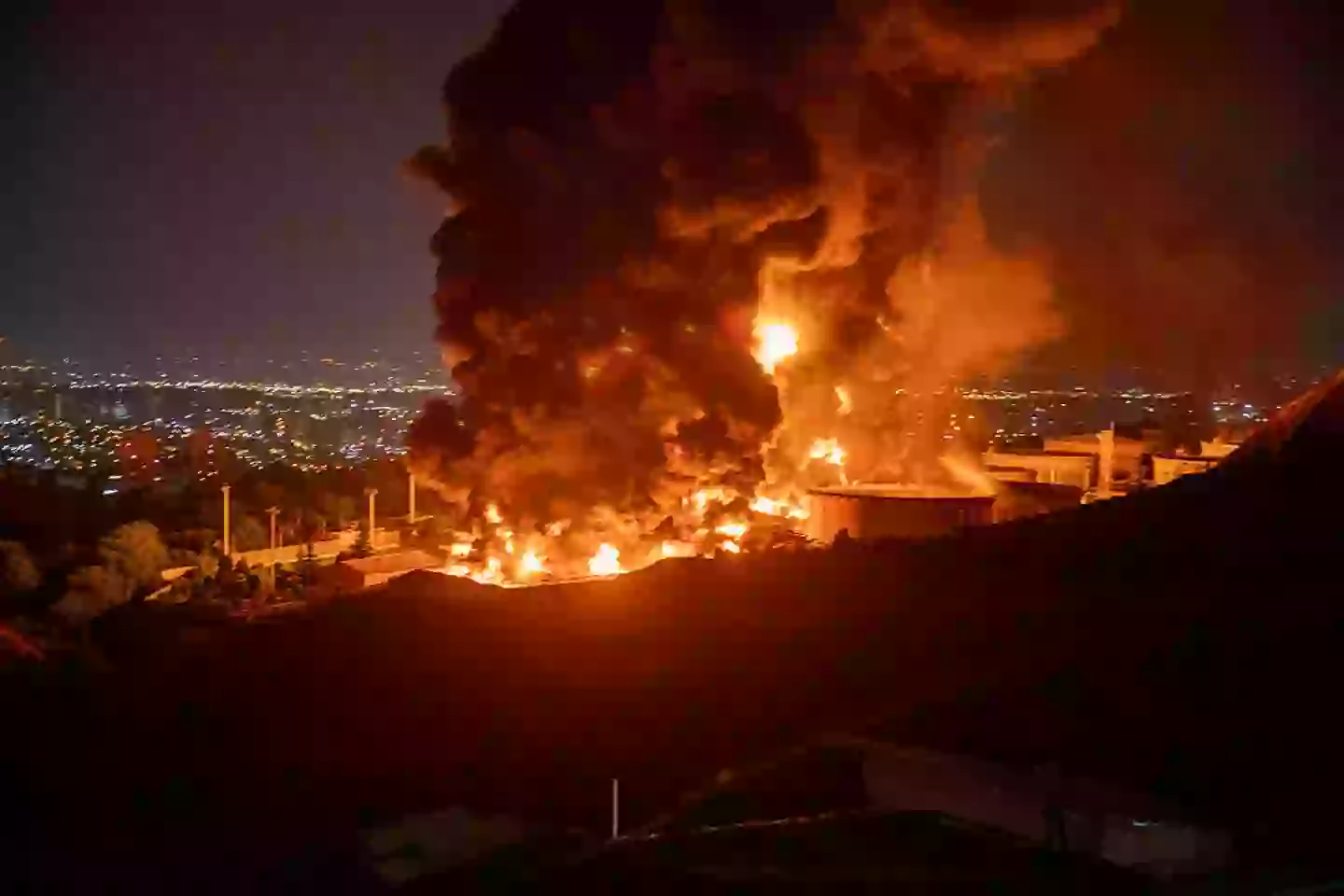Following reports that the United States launched three bombs targeting Iran over the weekend, analysts have been evaluating whether these strikes achieved their intended nuclear goals and assessing the extent of the damage incurred.
The conflict between Israel and Iran has been escalating, with Israel conducting attacks on Iranian nuclear and military installations on June 13. These actions were in response to accusations that Iran was developing nuclear weapons.
In retaliation, Iran responded, prompting the United States to join the conflict. The U.S. carried out airstrikes on three Iranian nuclear sites on Saturday night (June 21) to severely impact these locations.
President Trump utilized his social media platform, Truth Social, to caution Iran against retaliating against the United States and urged them to reach an agreement with Israel.
Nevertheless, Iran launched an attempt to attack a U.S. air base in Qatar on the night of June 23. Fortunately, Qatari air defenses successfully intercepted the missiles, preventing any casualties.

In response to Iran’s actions, Trump described them as ‘a very weak response’ and expressed appreciation to Tehran ‘for giving us early notice.’
Trump later announced that Iran and Israel had reached a ceasefire agreement. However, this ceasefire was short-lived, as Iran reportedly fired missiles at Israel the following morning.
Recently released satellite images depict the three Iranian underground facilities targeted by U.S. stealth bombers, raising concerns among experts that these actions might inadvertently accelerate Iran’s nuclear development efforts.
According to Trump, the strikes on the Fordow, Natanz, and Esfahan sites were a ‘spectacular military success,’ claiming they were ‘completely and totally obliterated.’
However, satellite images released by space technology company Maxar offer a different perspective, indicating minimal surface damage.
.png)
In reality, these images show limited damage to both the surface and the underlying facilities.
Dr. Jeffrey Lewis, Director of the East Asia Nonproliferation Program at the Middlebury Institute and a former member of the International Security Advisory Board (ISAB), informed The Independent of the limited impact of the U.S. bomb.
The strikes did not bring the U.S. any closer to achieving its objective of diminishing Iran’s nuclear stockpile.
This is due to the Fordow facility being underground, allowing Iran to relocate equipment and personnel before the strikes occurred.
Dr. Lewis stated, “I understand that Fordow has a symbolic importance to people, but it is by no means the only underground facility associated with Iran’s nuclear program. And given how long it took the U.S. to strike, it’s not clear to me that by the time it was hit, it was even the most important, because the Iranians had had time to power off centrifuges and possibly remove them.”
Iran’s nuclear facilities were targeted in part because of the country’s advancing capabilities in uranium enrichment.

Over the years, Iran has accumulated significant uranium reserves, with approximately 400 kilograms of highly enriched uranium. This material needs to be further enriched by 30 percent from its current 60 percent to produce 10 nuclear weapons.
After the strikes, Rafael Grossi, head of the International Atomic Energy Agency (IAEA), expressed the agency’s intention to gain access to account for these stockpiles.
Meanwhile, Vice President JD Vance acknowledged uncertainty regarding the uranium’s location.
“We are going to work in the coming weeks to ensure that we do something with that fuel and that’s one of the things that we’re going to have conversations with the Iranians about,” he said.

